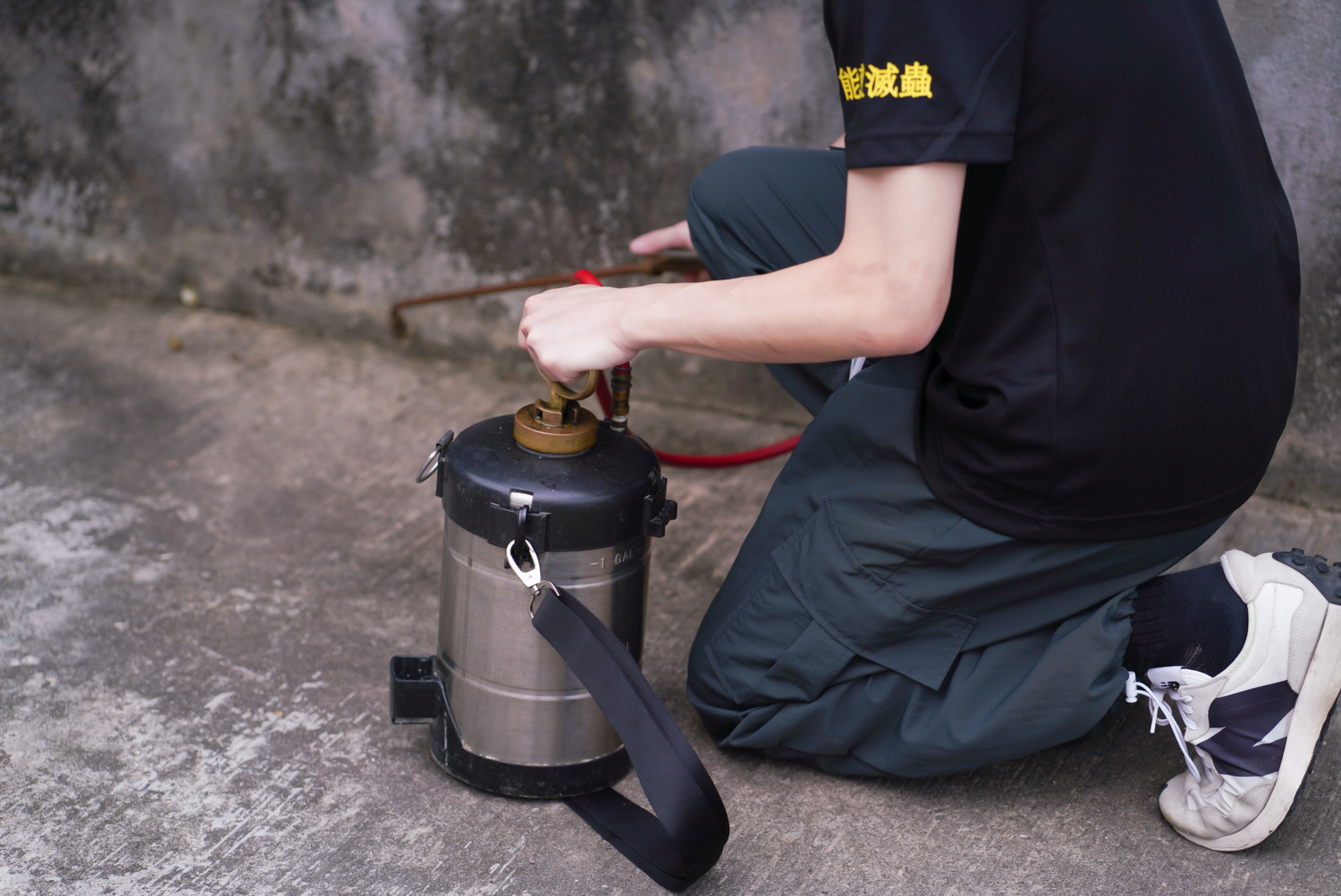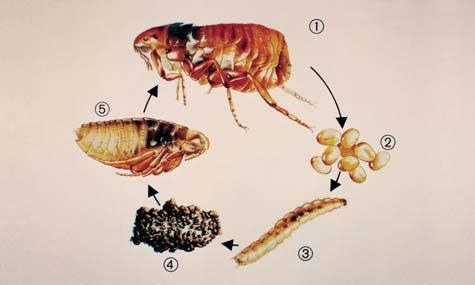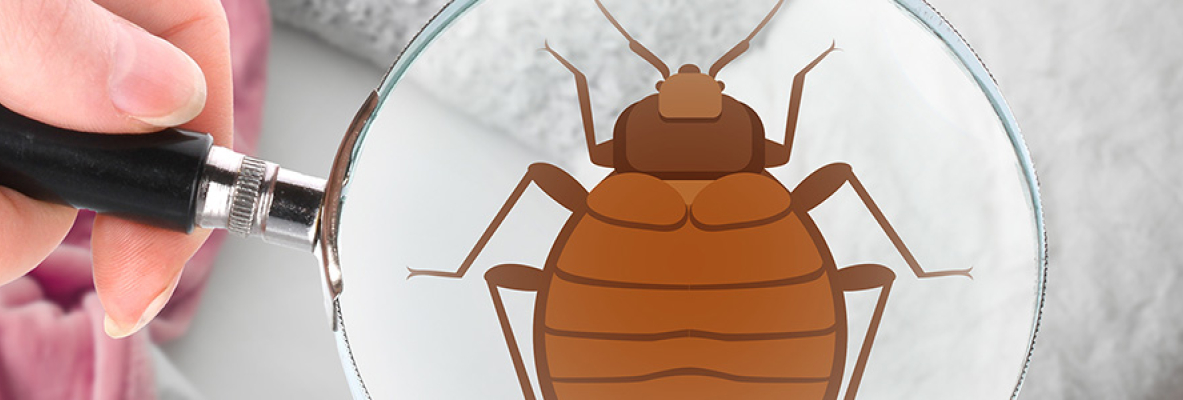
Fleas belong to the class Insecta
Fleas are extremely small, with many bristles growing upside down, which can help them move in the hair of the host animal. It also has two strong hind legs, so it is good at jumping and can jump seven or eight inches high. Fleas can jump 350 times their length, which is equivalent to jumping over a football field by one person. Females lay their eggs in dusty corners, small holes in walls and floors. They can also lay on animals and land or migrate as the animals move.
The eggs are white, and white footless larvae hatch in about four or five days. The larvae feed on organic matter in dust and flea feces. Two weeks later, the larvae spun silk and dust to form a cocoon and pupate in it. After two weeks, the flea came out of the cocoon. If a flea touches an animal, it will immediately harm it by sucking blood. Therefore, to eliminate fleas, the holes in the walls and the ground should be filled with lime or mud, and they should be cleaned frequently to keep them dry and hygienic. They can also be sprayed with insecticides.
Yersinia pestis is a very small bacterium that causes plague. The fungus is transmitted to humans through fleas (rat fleas) on mice. After the flea sucked the blood of the plague patient, the stomach was filled with plague bacteria, and the esophagus was blocked by the bacteria.
Although they are rat fleas, they sometimes bite. When this kind of flea inhales blood, the blood flows back from the mouth to the body of the bitten person because the esophagus is blocked by bacteria and cannot enter the stomach. The plague bacteria enter the human body at this time, causing the person to suffer from the plague. Fleas may also excrete their feces on human skin when they suck human blood, and there are also a large number of plague bacteria in them. Because the bitten part is itchy, the plague bacteria will be brought into the tiny wound when itching, and it can also make people infected with the plague.

Preventive drugs
Among the pyrethroid insecticides, cyhalothrin (Kongfu) and deltamethrin (Kaisuling) have strong contact and stomach toxicity, and have fast action and long lasting effect, which can reduce quickly Free flea index on the ground. Easy to use, directly diluted with water, can give full play to the efficacy, good dispersion, safe to animals, no irritating smell, no corrosion damage to the surface of the object. Deltamethrin also has a certain oviticidal effect.
Among the organophosphorus pesticides, chlorpyrifos (lesbian) is a good medicine for the prevention and control of sanitary pests. Diluted with chlorpyrifos EC and sprayed, it has a higher contact effect on fleas. Although dichlorvos is highly toxic to humans and animals and corrosive to the surface of copper and iron products, due to its rapid knockdown and strong fumigation effect, and its low price, it can also be appropriate for killing fleas in large areas indoors use.
When spraying medicaments, according to the actual situation, it is most important to choose a good dosage form, concentration ratio and correct use method. In addition, operators must pay attention to safety, wear protective clothing, hats, masks and gloves.
Media coverage and our pest extermination process








